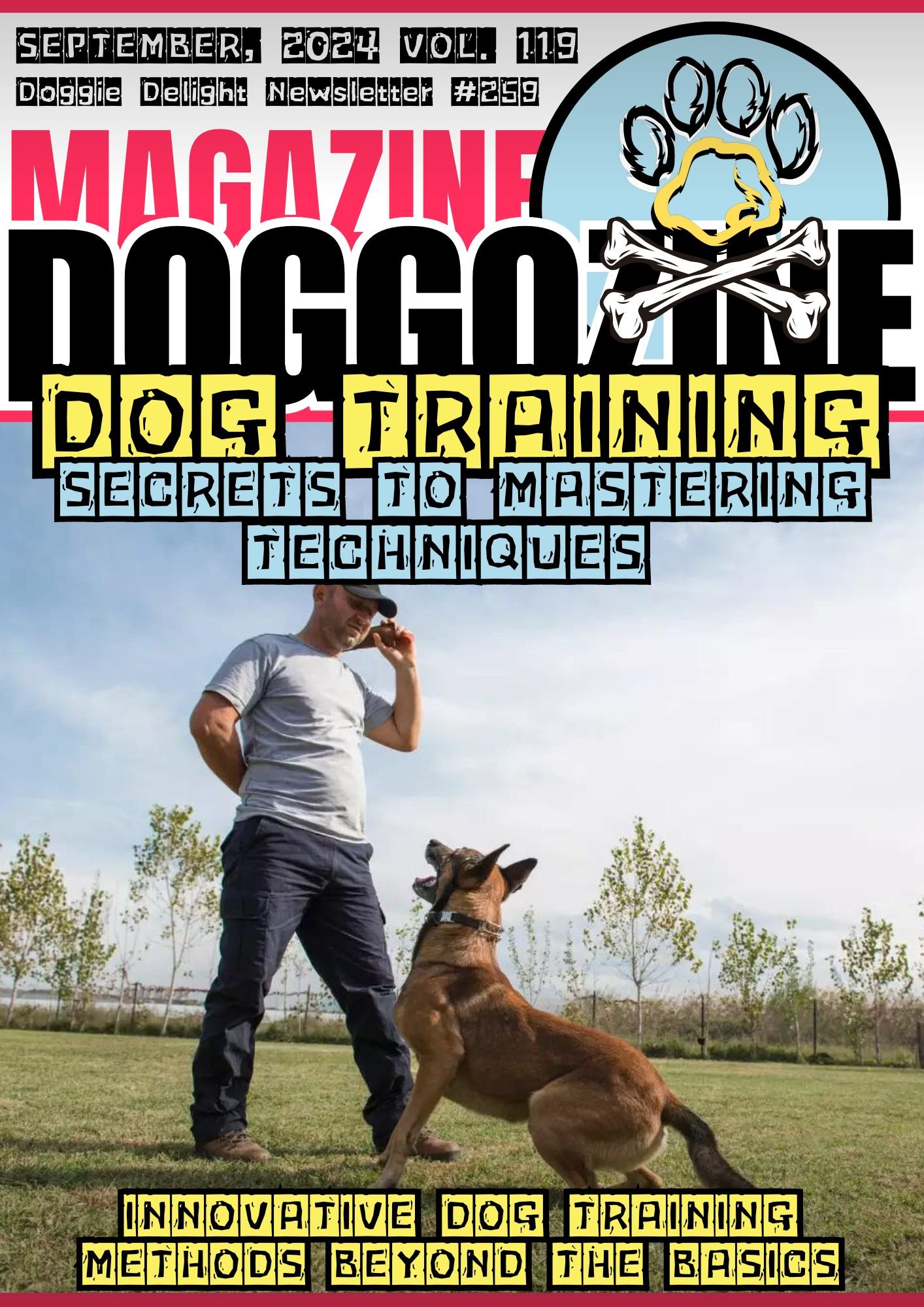
DECODE DOG TRAINING SECRETS
Are you ready to unlock the secrets to successful dog training and deepen your bond with your furry friend? Imagine mastering behavior modification, capturing natural movements, and perfecting cue training techniques that will transform your training sessions.
Mastering Behavior Modification, Capturing, and Cue Training Techniques
In this comprehensive guide, we’ll delve into decoding the language of dog training to help you navigate the world of dog behavior with confidence. From understanding behavior modification to maximizing rewards with jackpot training, we’ll explore practical tips and techniques tailored to enhance your training experience.
Whether you’re a novice dog owner or a seasoned professional seeking new insights, this guide is your go-to resource for overcoming common training challenges and fine-tuning your training approach.
Prepare for a journey of discovery as we unravel the complexities of dog behavior, equip you with essential commands, and provide expert strategies for navigating training hurdles. Good luck on this transformative training odyssey and get ready to unleash your dog’s full potential.
Understanding Behavior Modification in Dog Training
Behavior modification is a systematic process that involves changing a dog’s behavior in response to specific stimuli. This approach is widely used by professional dog trainers to address problem behaviors and shape desired actions. The core principle of behavior modification revolves around identifying the underlying causes of unwanted behaviors and developing targeted strategies to modify them. These strategies often include techniques like desensitization, counter-conditioning, and positive reinforcement.
For instance, if your dog exhibits excessive barking, a positive reinforcement trainer might employ a combination of desensitization and counter-conditioning to gradually expose the dog to triggering stimuli while rewarding calm behavior. By consistently reinforcing desired responses and minimizing the impact of triggering factors, behavior modification can effectively reshape a dog’s behavior over time.
Behavior modification is a common challenge for many dog owners, but with patience, consistency, and the right techniques, it is possible to achieve significant improvements in your dog’s behavior. Seeking the guidance of a professional dog trainer can be invaluable in navigating the complexities of behavior modification and developing a tailored plan for your furry companion.
🔑 Key Points: Behavior modification is a systematic approach to changing a dog’s behavior through techniques like desensitization, counter-conditioning, and positive reinforcement, often requiring patience, consistency, and professional guidance to address problem behaviors effectively.
The Art of Capturing Natural Behaviors
Capturing is a powerful technique in dog training that involves teaching a dog a new behavior by marking and rewarding its natural occurrences. This method allows you to shape existing behaviors into more refined actions without the need for extensive prompting or luring.
To effectively capture a behavior, you must be attentive to your dog’s actions and ready to mark and reward even the slightest movement in the desired direction. For example, if you want to teach your dog to yawn on cue, you would closely observe them and immediately mark and reward any natural yawning behavior.
Once the dog begins to associate the behavior with the reward, you can introduce a new cue, such as a verbal command or hand signal, to elicit the behavior on demand. Capturing is an excellent way to build upon a dog’s natural tendencies and shape them into purposeful actions.
🔑 Key Points: Capturing involves teaching a dog a new behavior by marking and rewarding its natural occurrences, allowing trainers to shape existing behaviors into refined actions without extensive prompting or luring.

THE IMPORTANCE OF CONSISTENT CUES IN DOG TRAINING
Cues are essential signals that communicate to a dog which specific behavior is expected of them in a given situation. These cues can take various forms, such as verbal commands, hand signals, or even body language. Consistency is key when it comes to using cues in dog training.
Consistency Is Key For Dog Training
It is crucial to use the same verbal cue, hand signal, or combination of both each time you request a specific behavior from your dog. This consistency helps to establish a clear association between the cue and the desired action, promoting faster learning and more reliable responses.
For instance, if you use the verbal cue “sit” to ask your dog to sit, it is important to use that same word each time rather than alternating between “sit,” “sit down,” or “please sit.” By maintaining consistency in your cues, you minimize confusion for your dog and enhance the effectiveness of your training efforts.
Common Verbal and Hand Signal Cues
- “Sit” (verbal cue) + palm facing upward (hand signal)
- “Down” (verbal cue) + palm facing downward (hand signal)
- “Stay” (verbal cue) + open palm facing the dog (hand signal)
- “Come” (verbal cue) + arms open wide (hand signal)
Remember, the key to successful cue training lies in consistency, clarity, and positive reinforcement. With patience and practice, your dog will learn to respond reliably to your given cues, strengthening your communication and bond.
🔑 Key Points: Consistent use of verbal cues and hand signals is essential in dog training to establish clear associations between the cues and desired behaviors, minimizing confusion and enhancing the effectiveness of training efforts.
Maximizing Rewards: The Concept of Jackpot in Dog Training
In dog training, a jackpot refers to the use of high-value rewards to reinforce exceptionally good behavior or breakthroughs in learning. Jackpotting involves giving your dog an extra special treat, such as a piece of chicken or a favorite toy, along with enthusiastic praise like “good girl!“
The concept of jackpotting is rooted in the idea that occasional high-value rewards can significantly boost motivation and accelerate learning. It’s like hitting the jackpot for your happy dog, making the training session more exciting and rewarding.
🔑 Key Points: Jackpotting, or using high-value rewards for exceptional behavior, can greatly enhance motivation and accelerate learning in dog training sessions.
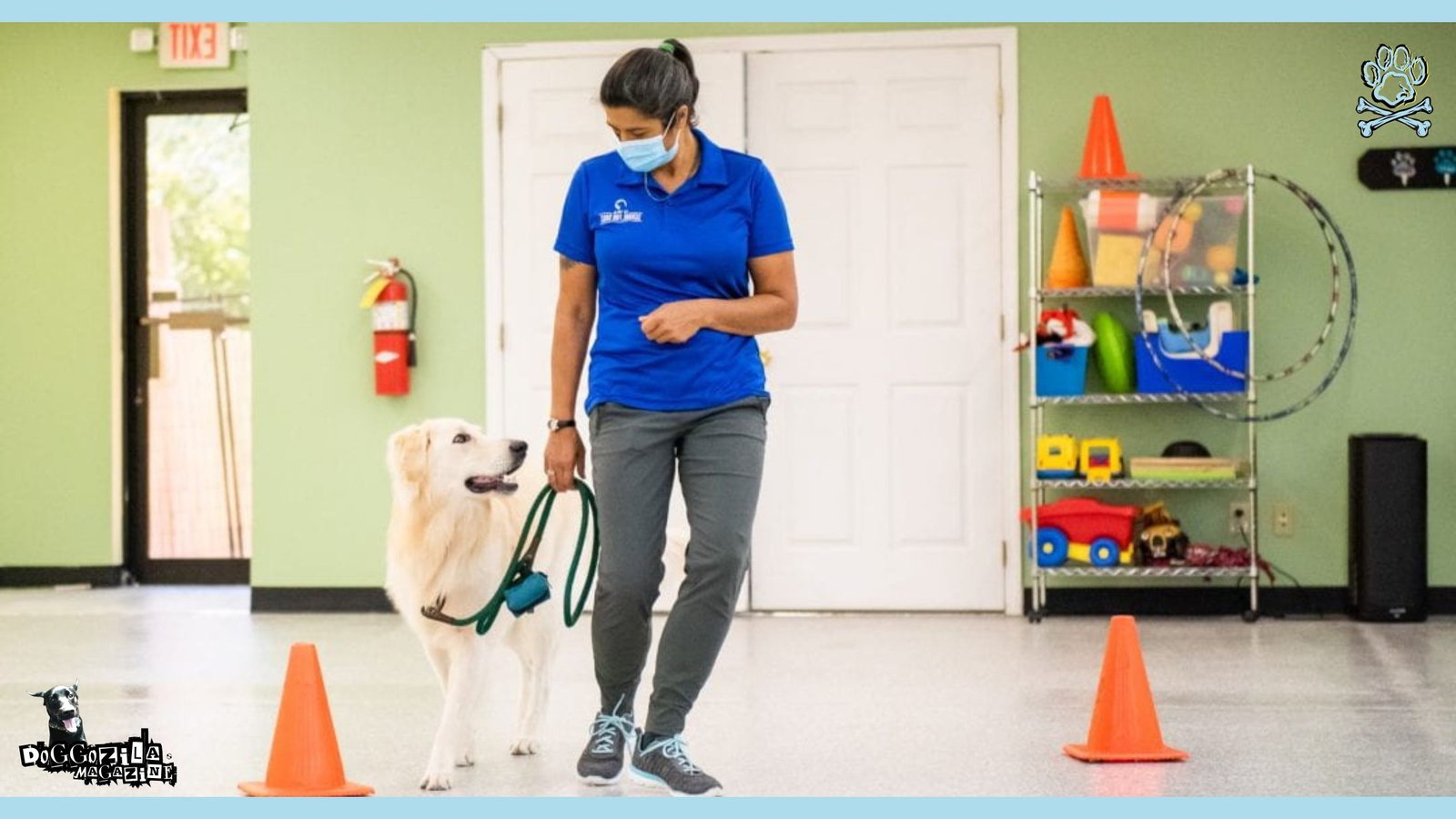
PRINCIPLES OF OPERANT CONDITIONING EXPLAINED
Operant conditioning is a fundamental concept in dog training that revolves around the idea that a trained dog’s actions are influenced by the consequences that follow them. In other words, dogs learn to associate their behaviors with specific outcomes, whether positive or negative.
Use Positive Reinforcement Not Punishment
Positive reinforcement, a key aspect of operant conditioning, involves rewarding desired behaviors to increase their frequency. For example, if you give your dog a treat every time they sit on command during a training session, they are more likely to repeat that behavior in the future to earn the reward.
On the other hand, punishment involves introducing an unpleasant consequence to decrease the likelihood of an unwanted behavior. However, most modern dog trainers prioritize positive reinforcement techniques, as they foster a more positive and trusting relationship between the dog and owner.
Examples of Positive Reinforcement
- Giving a treat for a successful “down” command
- Offering praise and petting for walking calmly on a leash
- Playing a game of tug as a reward for a reliable recall
By consistently applying the principles of operant conditioning and focusing on positive reinforcement, you can effectively shape your dog’s behavior and strengthen your bond during training sessions.
🔑 Key Points: Operant conditioning, particularly positive reinforcement, is a fundamental principle in dog training that involves rewarding desired behaviors to increase their frequency and foster a positive relationship between dog and owner.
Shaping Behavior Step by Step
Shaping is a training technique that involves breaking down a desired behavior into smaller, more manageable steps and reinforcing incremental progress towards the end goal. This method is particularly useful when teaching a dog a new trick or behavior that may be more complex or challenging.
To shape a behavior, you start by reinforcing any slight movement or action that resembles the final desired behavior. As your dog begins to consistently offer that initial step, you gradually raise the criteria, requiring a little more progress each time before offering a reward.
For example, if you’re training your dog to spin in a circle, you might start by rewarding them for simply turning their head to one side. Once they’re consistently turning their head, you’d wait for them to turn their body slightly before rewarding. Step by step, you build upon each successive approximation until your dog is completing a full spin.
🔑 Key Points: Shaping involves breaking down a desired behavior into smaller steps and reinforcing incremental progress, allowing dogs to learn complex behaviors through a gradual, reward-based approach.
Targeting Techniques for Guided Learning
Targeting is a useful training technique that involves teaching a dog to touch a specific object, such as a target stick or the palm of your hand, with their nose or paw. This method is often used to guide a dog’s movements, position them for specific behaviors, or redirect their focus.
One common targeting exercise is teaching a dog to touch a target stick with their nose. To do this, you would present the target stick in front of your dog’s nose and mark and reward any contact they make with it. As your dog becomes more proficient, you can begin to move the target stick around, guiding them to follow it with their nose.
Targeting can also be used to teach a dog to follow your hand signals or body language, making it a valuable tool for shaping behaviors and guiding movements. By incorporating targeting into your training sessions, you can effectively communicate with your dog and help them understand what you’re asking of them.
🔑 Key Points: Targeting involves teaching a dog to touch specific objects with their nose or paw, providing a valuable tool for guiding movements, positioning, and redirecting focus in training.

COMMON DOG TRAINING PROBLEMS AND HOW TO SOLVE THEM
While every dog is unique, there are several common training challenges that many owners face. Learn to overcome some of the most prevalent dog training issues with incorporating new innovative strategies.
Leash Pulling
- Use a front-clip harness or head halter to reduce pulling
- Stop moving forward when your dog pulls and only proceed when the leash is slack
- Reward your dog for walking calmly beside you
Excessive Barking
- Identify and address the underlying cause (e.g., boredom, anxiety, territorial behavior)
- Teach a “quiet” command and reward your dog for calm behavior
- Provide plenty of mental and physical stimulation to reduce boredom-related barking
Aggression
- Seek the help of a professional dog trainer or behaviorist for safety and effective treatment
- Identify and manage triggers through desensitization and counter-conditioning
- Focus on positive reinforcement and avoid punishment-based techniques
Housebreaking Issues
- Establish a consistent potty routine and stick to a regular feeding schedule
- Supervise your dog closely and provide frequent potty breaks
- Clean up accidents thoroughly to eliminate odors that may attract repeat behavior
Remember, addressing common problems in dog training requires patience, consistency, and a positive approach. Never hesitate to seek the guidance of a professional dog trainer who can provide personalized advice and support.
🔑 Key Points: Dog training problems can be addressed through a combination of management strategies. No more problems with positive reinforcement techniques and professional guidance. This works for leash pulling, excessive barking, aggression, and housebreaking issues.
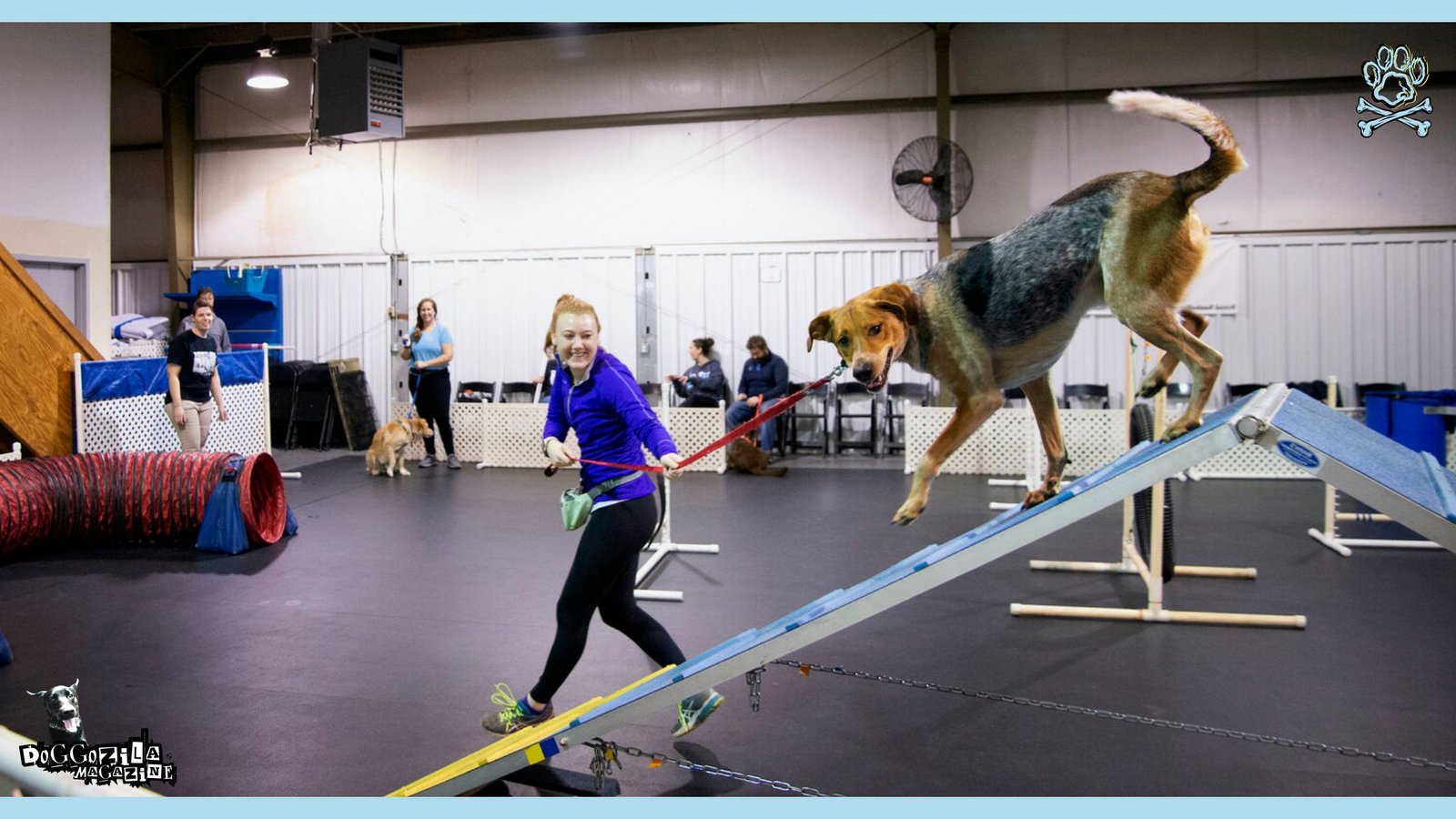
SIGNIFICANCE OF PROFESSIONAL DOG TRAINERS
There are significant benefits to working with a skilled professional dog trainer. These experienced individuals possess a deep understanding of dog behavior. The certified trainers can provide invaluable guidance in addressing training challenges. Fostering a positive relationship between you and your dog wouldn’t be a problem again.
Benefits of Working with a Professional Dog Trainer
Professional dog trainers are well-versed in the latest training techniques. They can help you navigate the complexities of behavior modification, from basic obedience to more advanced skills. The trainers can assess your dog’s unique needs and develop a customized training plan. That takes into account their personality, breed, and any specific issues you may be facing.
In addition to providing expert guidance, a certified dog trainer can help you build a strong foundation. You can learn to recognize the communication and gain trust with your dog. The certified trainers can teach you to effectively use positive reinforcement techniques. You can learn to read your dog’s body language and establish clear boundaries and expectations.
- Customized training plans tailored to your dog’s needs
- Expert guidance in addressing specific behavioral issues
- Improved communication and bond between you and your dog
- Access to the latest training techniques and resources
- Faster progress and more reliable results
Investing in the guidance of a professional dog trainer can greatly enhance your training experience. This will set you and your dog up for long-term success. This apply if you’re a first-time dog owner or an experienced pet parent. If you are looking to refine your skills, the expertise of a skilled trainer can make all the difference.
🔑 Key Points: Working with a professional dog trainer offers numerous benefits. Customized training plans, expert guidance, improved communication, and access to the latest techniques. Ultimately enhancing the training experience and fostering a positive relationship between dog and owner.
Innovative Dog Training Methods Beyond the Basics
Traditional training methods like positive reinforcement and lure-reward training are highly effective for the basics. There are a variety of innovative techniques that can take your dog’s skills to the next level.
Here are a few examples:
- Clicker Training: Clicker training involves using a small handheld device that makes a distinct clicking sound. This sound is to mark the precise moment your dog performs a desired behavior. This method allows for more precise timing of rewards and can accelerate learning.
- Scent Training: Scent training taps into a dog’s incredible sense of smell, teaching them to identify and locate specific scents. This type of training is often used in service dog work. Service dogs are great for detecting allergens or assisting with search and rescue operations.
- Puzzle Toys and Interactive Feeders: Incorporating puzzle toys and interactive feeders into your training sessions helps a lot. They provide mental stimulation and encourage problem-solving skills. These tools can be used to reinforce obedience commands, teach new tricks, and keep your dog engaged.
- Trick Training: Teaching your dog fun tricks can be a great way to bond and impress your friends. Try tricks like rolling over, playing dead, or even riding a skateboard. Trick training requires patience and creativity but can be incredibly rewarding for both you and your dog.
It’s important to remember that different dogs may respond better to different methods. It’s essential to be open to trying new techniques and finding what works best for your furry friend. With a willingness to explore innovative approaches, you will unlock your dog’s full potential. You will enjoy a more engaging training experience as well.
🔑 Key Points: Innovative training methods provide mental stimulation, and strengthen the bond. So, clicker training, scent training, puzzle toys, and trick training will enhance your dog’s skills.
Understanding Your Dog’s Body Language
Effective communication is a two-way street. Understanding your dog’s body language is just as important as teaching them to respond to your cues. By learning to read your dog’s subtle signals, you can better gauge their emotional state. That way you can adjust your training approach accordingly.
Some common body language cues to look out for include:
- Relaxed posture: A loose, wiggling body indicates a happy, comfortable dog
- Raised hackles: Raised fur along the back and neck can signal fear, aggression, or arousal
- Tail position: A high, wagging tail often indicates excitement, while a tucked tail may suggest fear or submission
- Ear position: Forward-facing ears show alertness, while pinned-back ears can indicate fear or aggression
- Yawning, lip licking, and avoiding eye contact: These behaviors often serve as “calming signals” or signs of stress
By recognizing these cues and responding appropriately, you can create a more positive and comfortable training environment for your dog. Take a break if your dog is displaying stress signals during a training session.
🔑 Key Points: Understanding your dog’s body language is essential for effective communication. Create a positive training environment that takes into account your dog’s emotional state and comfort level.
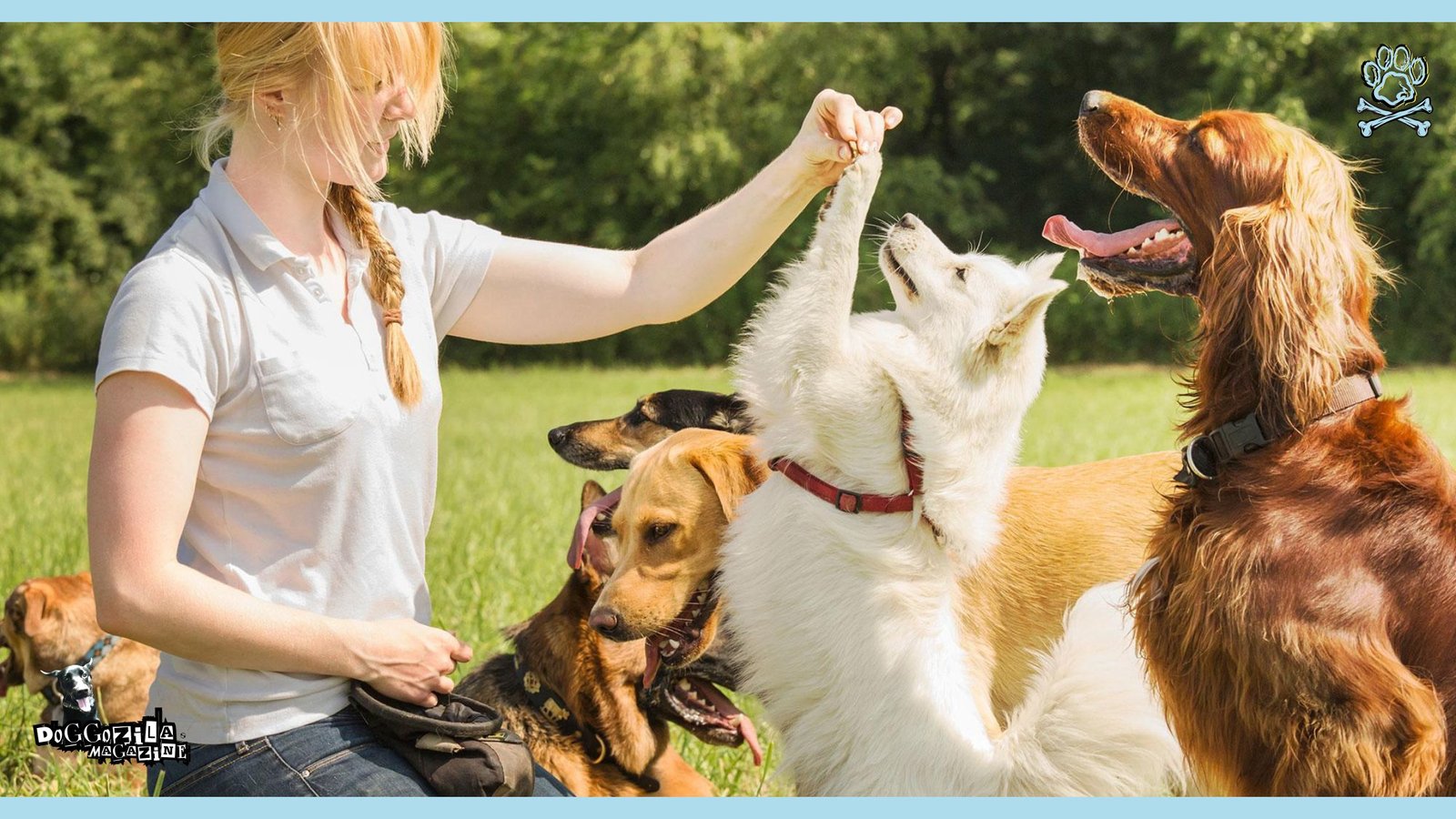
CUSTOMIZING TRAINING FOR DIFFERENT DOG BREEDS
It’s important to recognize that different breeds may have unique needs and learning styles. Understanding the characteristics and tendencies of your dog’s breed can help you tailor your training approach for optimal results.
Breed-Specific Considerations
- Herding breeds (e.g., Border Collies, Australian Shepherds) may require more mental stimulation and excel at agility or obedience tasks
- Scent hounds (e.g., Beagles, Basset Hounds) may be more easily distracted by smells and benefit from scent-based training
- Terriers (e.g., Jack Russell Terriers, Yorkshire Terriers) may have a high prey drive. They require extra focus on impulse control and recall training
- Breeds with a strong guarding instinct (e.g., German Shepherds, Rottweilers) may need additional socialization and training to prevent aggressive behavior
Regardless of breed, it’s crucial to start training early. Start with the training during the critical dog socialization period between 8 and 16 weeks of age. This is the ideal time to expose your puppy to a variety of people, places, and experiences. Perfect time for setting the foundation for a well-adjusted adult dog.
When working with a specific breed, it can be helpful to consult with a dog behavior expert! He has experience with that breed’s peculiarities. They can provide valuable insights and advice on how to best approach training and address any breed-specific challenges.
🔑 Key Points: Start tailoring your training approach to your dog’s breed-specific characteristics and tendencies. That way you can enhance the effectiveness of your efforts. Early socialization and the guidance of a breed-experienced professional can set the stage for a well-adjusted, responsive dog.
The Role of Timing in Effective Dog Training
One of the most crucial aspects of successful dog training is timing. How quickly and effectively your dog learns depends on delivering rewards and corrections on time. The cues will make a significant difference. When it comes to rewards, it’s essential to offer them immediately after your dog performs the desired behavior.
This helps to clearly link the behavior with the positive outcome, reinforcing the connection in your dog’s mind. Even a slight delay in delivering the reward can muddle the association and slow down learning. If you need to correct an unwanted behavior, it’s important to do so at the precise moment the behavior occurs. Correcting too late can confuse your dog and make it difficult for them to understand what they did wrong.
In addition to the timing of rewards and corrections, it’s also important to consider your dog’s overall readiness for training. Always take a moment to size up their energy and mood before starting a training session. If your dog is tired, distracted, or stressed, let him rest! Than it may not be the ideal time to introduce new concepts or work on challenging behaviors.
🔑 Key Points: Proper timing of rewards, corrections, and cues is essential for effective dog training. It helps to clearly link behaviors with their consequences and facilitate faster learning.
A Quick Summary on Dog Training and Mastering the Secret Techniques
Mastering the art of dog training is a journey filled with rewarding experiences. Transformative outcomes for both you and your furry companion will present every day. You will learn to capture natural behaviors, and understand the importance of consistent cues. Create a strong bond based on trust and effective communication by understanding the principles of behavior modification.
Remember, the significance of timing, rewards, and structured routines plays a crucial role in shaping your dog’s behavior positively. Embrace the challenges as opportunities for growth. Seek guidance from professional dog trainers to navigate through unique behaviors and training hurdles effectively.
You will continue to deepen your understanding of your dog’s body language. Tailoring training methods for different breeds will pave the way for advanced techniques. You will elevate your training sessions to a new level. You create a harmonious experience by incorporating innovative strategies and maintaining good behavior post-training.
Doggozila Magazine is excited to recommend The Puppy Academy, which offers an online school for those who can’t attend in person to train their puppies! If you can’t make it to any dog training academy or hire a certified dog trainer right now, we encourage you to visit our Train Room! There, you’ll find a wealth of materials written by professional trainers, perfect for dog owners just like you. Start training your furry friend with our step-by-step guide! Many of our readers have successfully trained their dogs using the guide from our magazine and achieved their goals!
Embrace the joy of training, celebrate your victories, and cherish the moments of growth and learning with your loyal companion by your side.
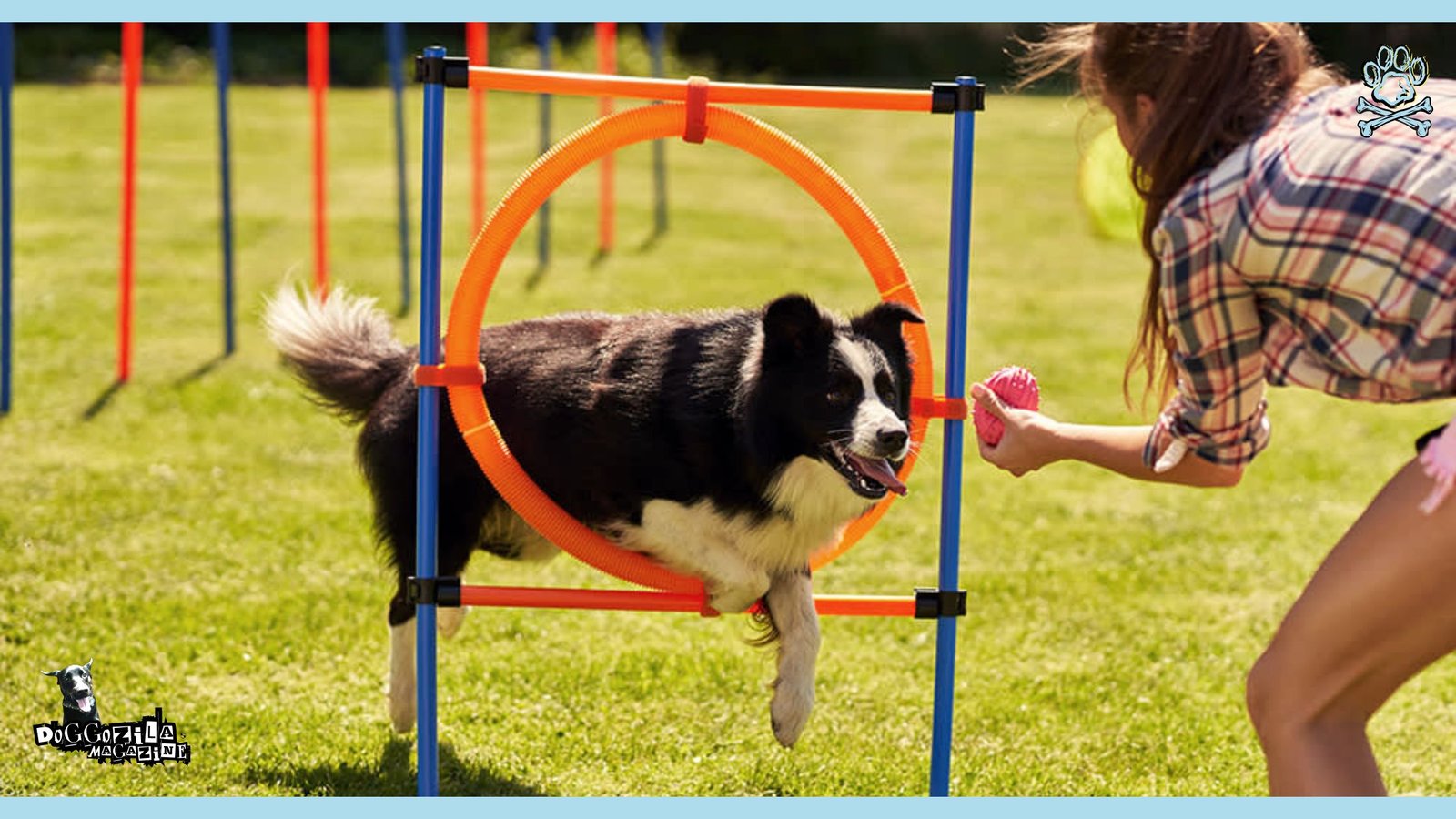
Your dedication and commitment to their well-being will undoubtedly lead to a fulfilling and enduring relationship built on love, respect, and shared experiences.









